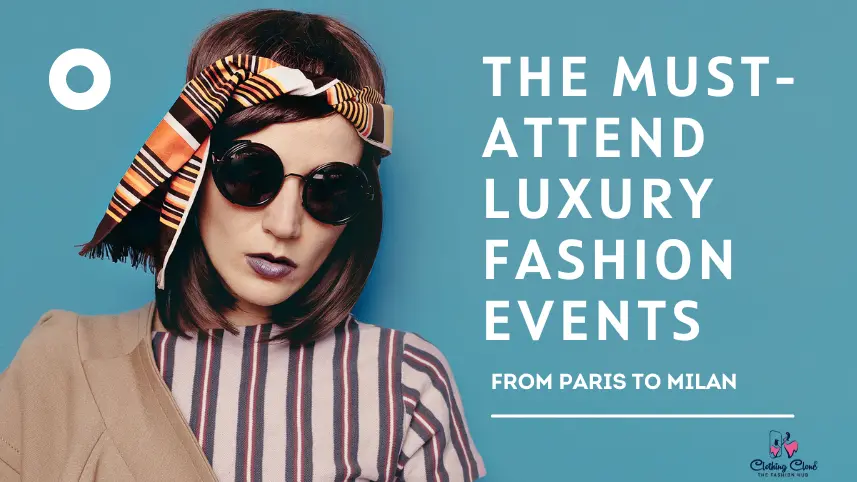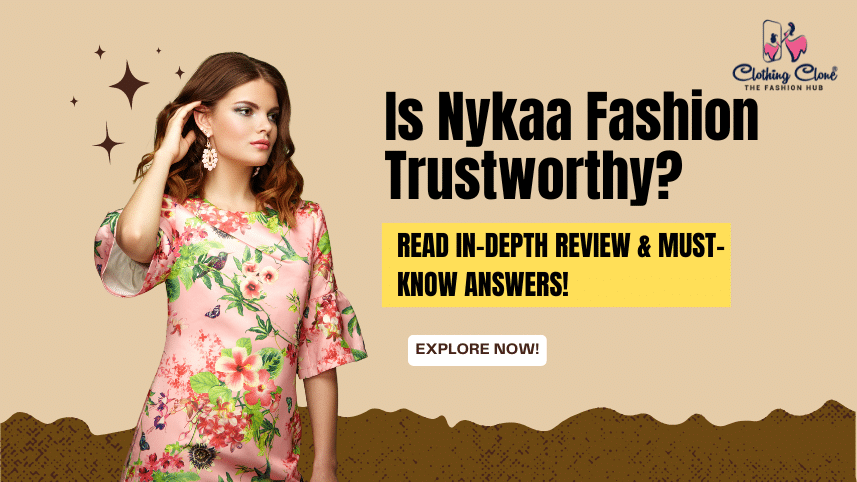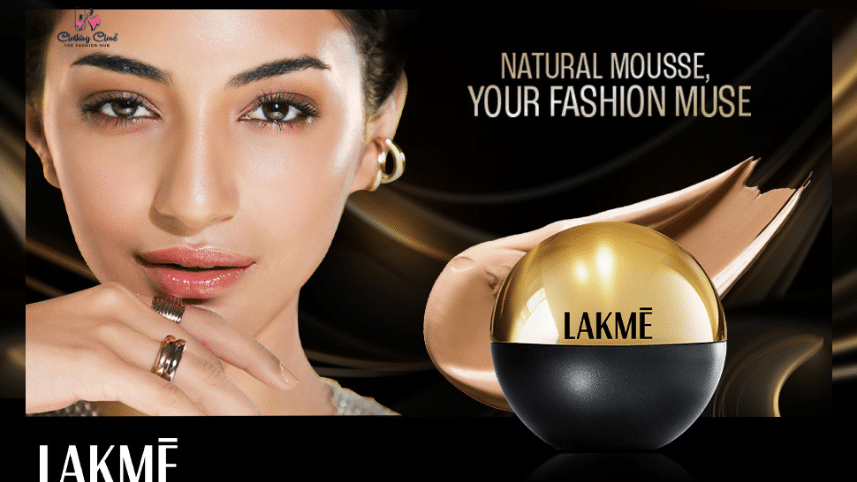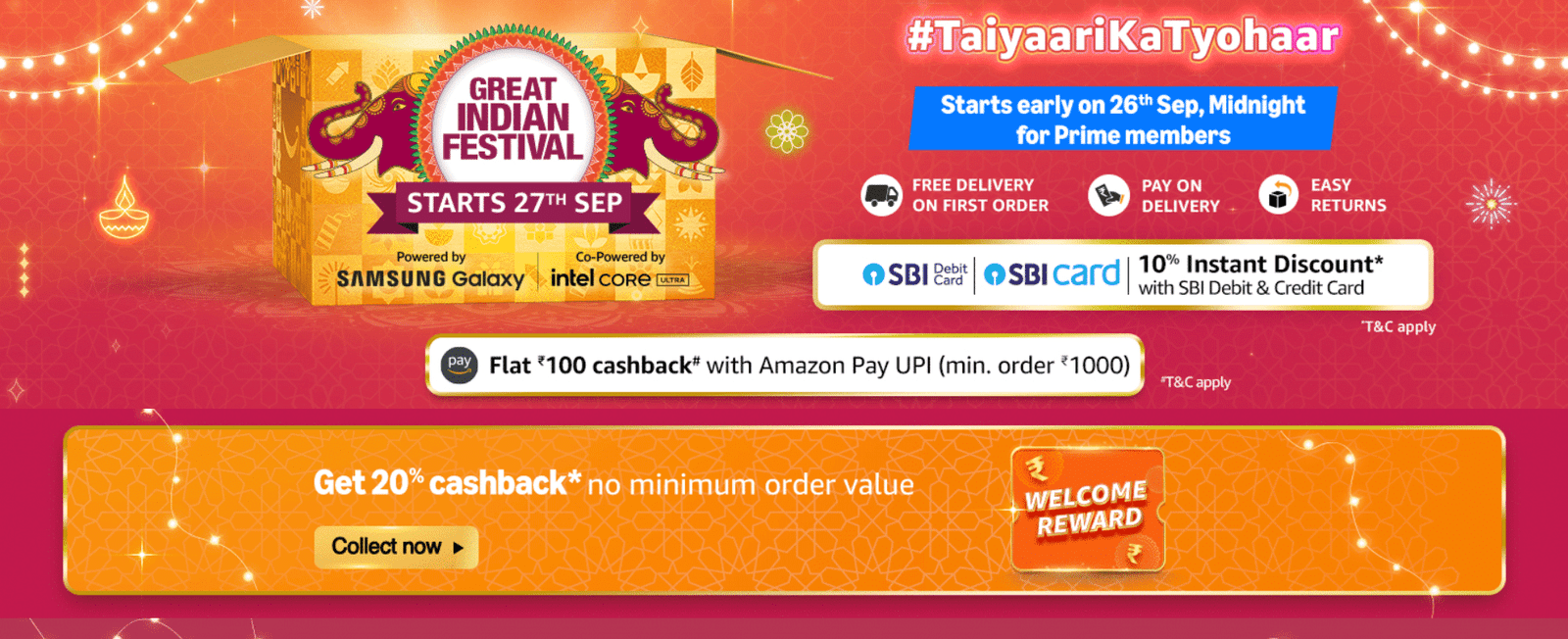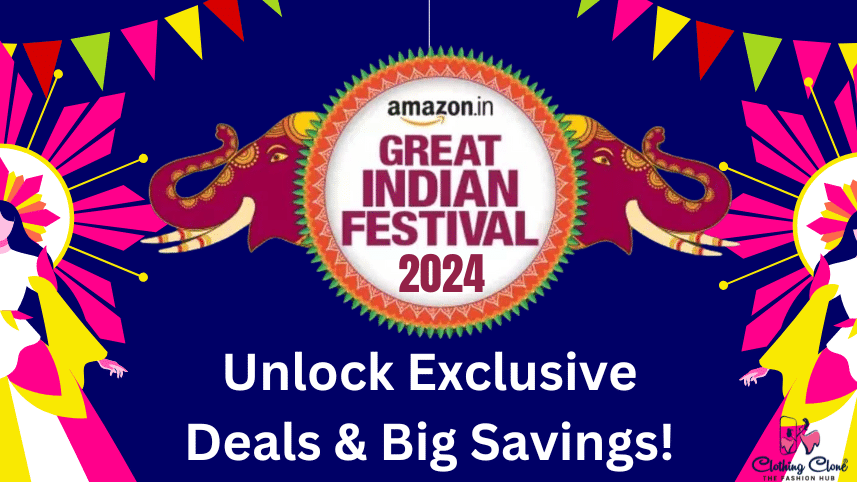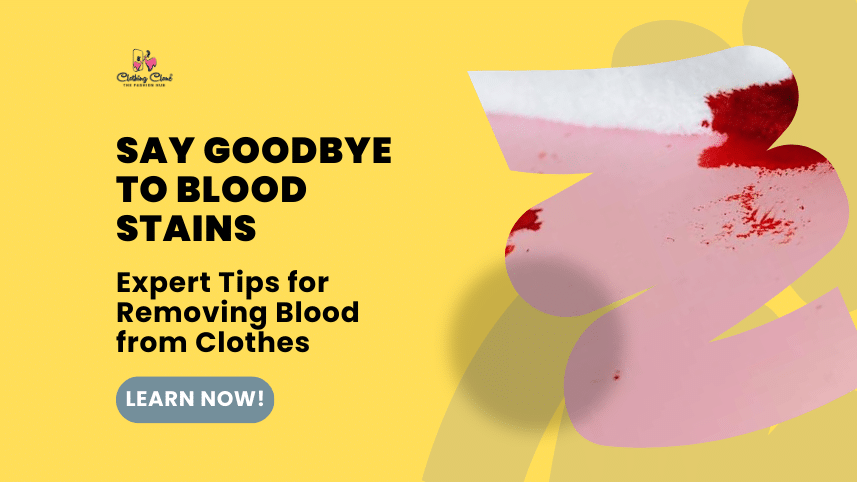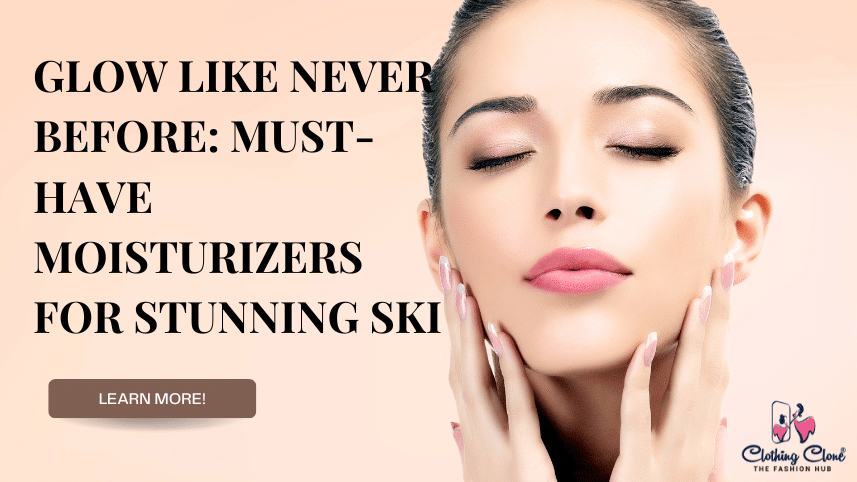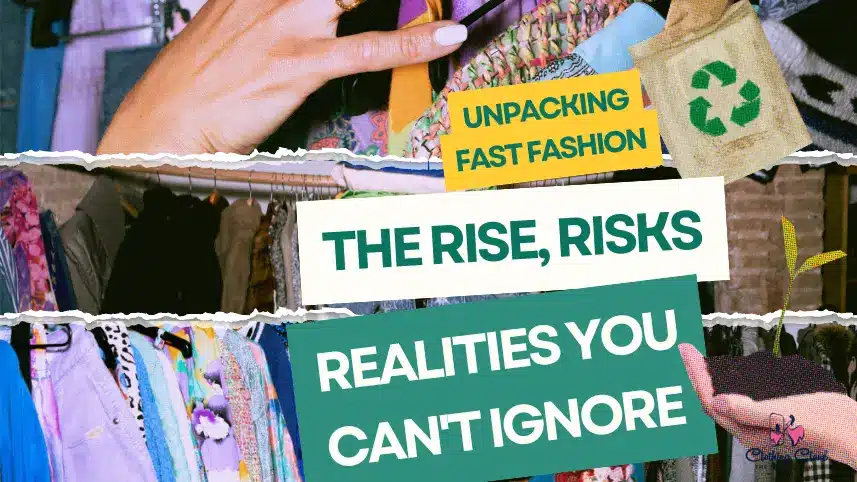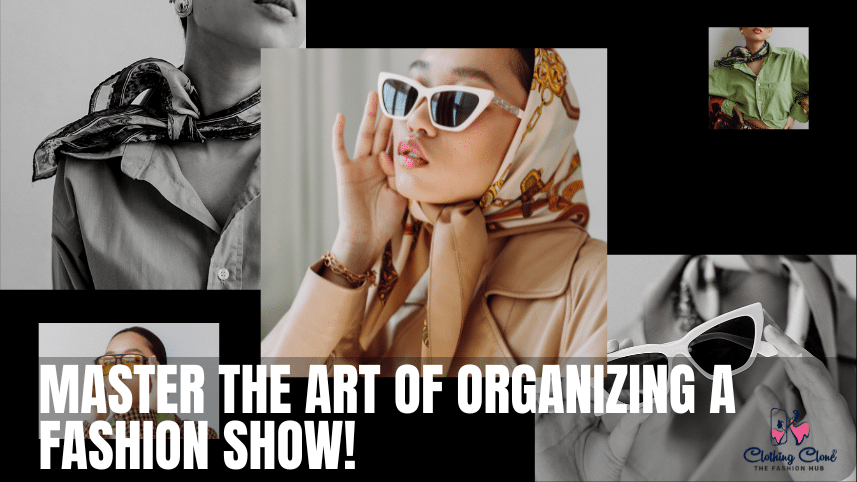Luxury Fashion Events are the height of style, creativity, and the soul of haute couture.
From Paris’s famous stages to Tokyo’s cutting-edge shows, these events are more than just fashion shows; they’re cultural landmarks that set global trends and change how people dress.
Come into a world where fashion and art come together, platforms become art stages, and every stitch tells a story of wealth and tradition.
The most critical events in the fashion world are luxury fashion shows, which show off trends and set them.
These fantastic fashion shows, from the historic streets of Paris to the busy runways of New York, are more than just displays of clothes.
They’re cultural trends, economic powerhouses, and global stages for new ideas.
Come with us as we show you the grandeur of high-end fashion events and talk about their history, development, and lasting impact on the fashion world.
Table of Contents
ToggleHistorical Background: Luxury Fashion Events
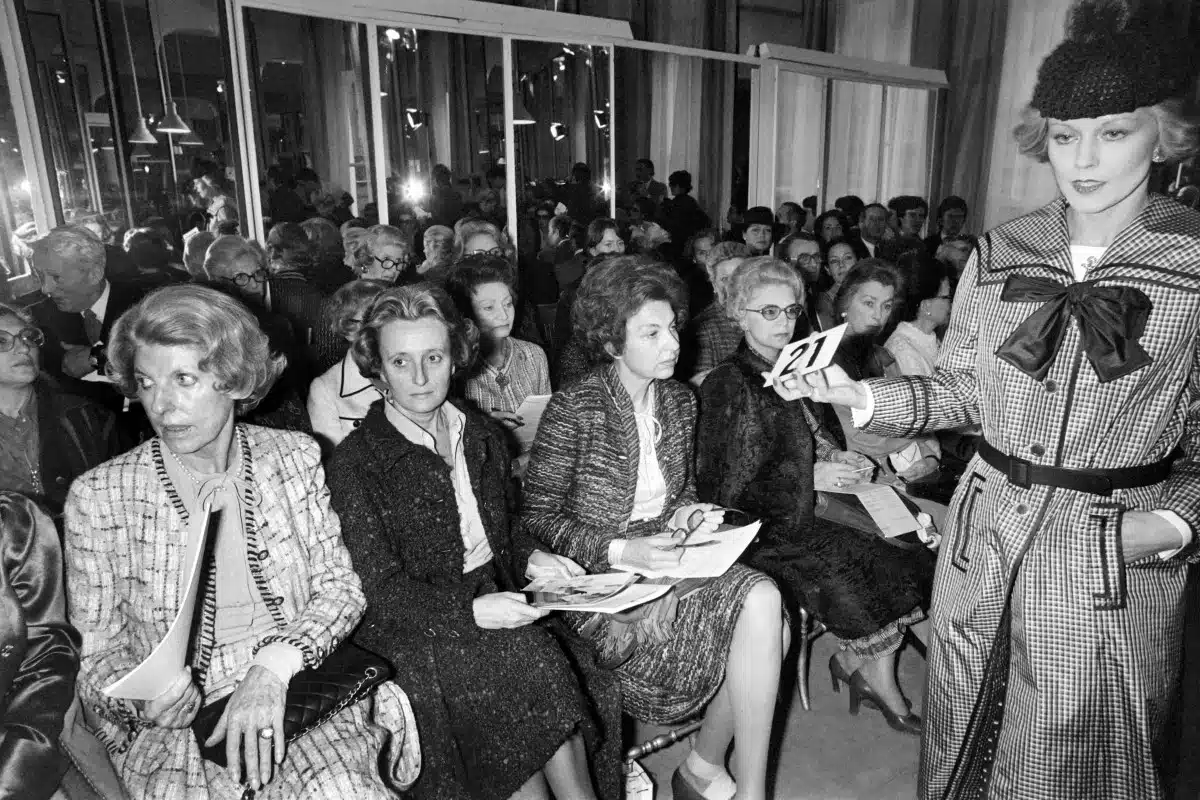
Origins of Luxury Fashion Shows
When haute couture was popular in Paris in the late 1800s and early 1900s, that’s when luxury fashion shows got their start.
People often say that Charles Frederick Worth’s House of Worth, which opened in 1858, was the first place to hold a fashion show.
Worth put his designs on real people, which are called “mannequins,” in his Paris studio.
This new way of doing things let customers see how clothes looked when they moved, which led to the first fashion shows we know today.
These early events were private and only for a small group of people.
They created the air of exclusivity that still characterizes luxury fashion shows today.
Evolution Over the Decades
High-end fashion shows have changed a lot over the years. In the early 1900s, new, important fashion houses, such as Chanel, Dior, and Balenciaga, emerged.
Because each one had its style and look, it helped the fashion show grow. Things were different in the 1950s, after World War II.
There were more and bigger fashion shows.
In the 1970s and 1980s, when designers like Yves Saint Laurent and Jean-Paul Gaultier pushed the limits of artistry and fun, a fashion show turned into a full-on show.
There have been even more significant changes in the 21st century, and technology has been a big part of them.
These days, high-end fashion shows often have digital parts, such as live streams and engaging virtual experiences.
This means anyone can buy them, but they still have an air of luxury and rarity.
Major Global Luxury Fashion Events

As the birthplace of haute couture, Paris Fashion Week holds an unparalleled status in the luxury fashion world.
Held biannually, it showcases the pinnacle of French fashion with prestigious designers such as Chanel, Louis Vuitton, and Dior.
The event, steeped in history and tradition, is known for its extravagant venues, including the Grand Palais and the Louvre, and its ability to set global fashion trends.
Milan Fashion Week
Renowned for its sophisticated and opulent designs, Milan Fashion Week is a key event in the fashion calendar.
Italian fashion houses like Gucci, Prada, and Versace dominate the runways with their distinctive styles.
Milan’s fashion scene is characterized by a blend of traditional craftsmanship and innovative design, making it a hotspot for luxurious and cutting-edge fashion.
New York Fashion Week
New York Fashion Week is celebrated for its dynamic and diverse fashion scene. Known for its bold and avant-garde designs, it features influential American designers such as Ralph Lauren, Michael Kors, and Marc Jacobs.
The event is known for embracing inclusivity and innovation, often introducing new designers and trends to the global stage.
London Fashion Week
London Fashion Week is synonymous with creativity and avant-garde fashion.
The city’s rich cultural heritage and vibrant arts scene are reflected in the designs of iconic British brands like Burberry, Alexander McQueen, and Vivienne Westwood.
The event is a platform for emerging designers and experimental fashion, often pushing the boundaries of traditional luxury.
Tokyo Fashion Week
Tokyo Fashion Week highlights the fusion of traditional Japanese aesthetics and contemporary fashion.
Known for its cutting-edge and unconventional designs, it features renowned designers like Issey Miyake and Comme des Garçons.
The event showcases Tokyo’s innovative fashion scene, which blends technology, art, and fashion in a distinctively modern way.
Shanghai Fashion Week
Shanghai Fashion Week has rapidly gained prominence as a significant player in the global fashion industry.
It serves as a bridge between Eastern and Western fashion, featuring both international and local designers.
The event is known for its diverse and eclectic collections, reflecting Shanghai’s status as a burgeoning fashion capital with a growing influence on global luxury fashion.
MET Gala
The MET Gala, organized by the Metropolitan Museum of Art in New York, is one of the most prestigious and glamorous events in the fashion world.
Known for its extravagant red carpet and celebrity attendance, the gala is held annually to celebrate the opening of the museum’s Costume Institute exhibition.
The event follows a specific theme each year, inspiring designers and attendees to create some of the most memorable and opulent fashion statements.
Revamp Your Wardrobe with Exclusive Fashion & Beauty Deals This Amazon Great Indian Festival!
Step into style with unbeatable discounts on the latest fashion trends and must-have accessories! From chic outfits to stunning jewelry, we have everything you need to elevate your look this season.
Don’t miss out on our limited-time offers that will leave you looking fabulous without overspending.
Click now to discover the fashion finds that will turn heads and make a statement—your dream wardrobe is just a click away!
The Glamour and Glitz

Celebrity Appearances and Influencers
Some of the most popular people from Hollywood, music, sports, and social media show up to high-end fashion events to be seen.
Celebrities and other influential people make these events more appealing because the designers they wear are often seen as the best representatives of the brand.
Being in the front row, or “frow,” and being the only ones who can go to after-parties and special previews makes a big deal outside of fashion, reaching millions of fans around the world.
Influencers have huge online followings that give you quick exposure and interaction. They share live updates and behind-the-scenes looks that make your audience feel like they are a part of the exclusive experience.
Both celebrities and high-end fashion events benefit from each other, which helps keep these glamorous shows at a high level of popularity.
Iconic Red Carpet Moments
There are some of the most memorable moments in fashion that happen on the red carpet, where famous people wear designers’ works.
Many fashion icons have worn these dresses, like Audrey Hepburn in her classic Givenchy gown at the Oscars and Lady Gaga at the MET Gala, who looked beautiful in a full pink dress by Brandon Maxwell.
Every event is carefully planned, and designers often make custom clothes for their famous clients to make sure they look their best and make the biggest impact.
The red carpet is also a sign of the times because it shows how fashion changes culture and society’s ideals.
It’s not just the clothes that matter at these events; it’s also the stories, messages, and long-lasting effects they have on the world stage.
Behind the Scenes
Preparations and Planning
The grandeur of luxury fashion events is the result of meticulous preparations and planning that begin months in advance.
Designers, stylists, and their teams work tirelessly to create stunning collections, often drawing inspiration from a multitude of sources to ensure each piece is unique and captivating.
The process involves multiple stages, from initial sketches and fabric selection to final fittings and alterations.
Venue selection is another critical aspect, with organizers opting for locations that enhance the show’s theme and aesthetic.
Every detail, from lighting and music to seating arrangements and backstage logistics, is carefully coordinated to create a seamless and immersive experience.
The planning phase also includes rehearsals to perfect the timing and flow of the runway presentations, ensuring that each model’s walk, every outfit change, and all special effects are executed flawlessly.
Role of Fashion Show Producers
Fashion show producers are the unsung stars who make high-end fashion events look so good.
These people are in charge of the whole process and work closely with the designers to make their creative ideas come to life.
Producers work with a lot of different professionals, like set designers, lighting and sound techs, and model coordinators, to make sure that everything fits together perfectly.
They take care of all the complicated parts of live events, like fixing technology problems and making last-minute changes so the show goes off without a hitch.
Producers also work with public relations teams to handle media coverage and get as much attention as possible for the event.
Their knowledge of how to run the complicated details of fashion shows is essential for turning a designer’s ideas into a real, memorable event that draws large crowds and gets high praise from critics.
Venues and Locations
Iconic Locations for Fashion Shows
Luxury fashion shows are often held in some of the world’s most famous and beautiful places, which makes them even more appealing and important.
The Grand Palais in Paris, the Palazzo Versace in Milan, and the Metropolitan Museum of Art in New York are just a few of the places that have held shows that people will never forget.
Not only do these places make beautiful backgrounds, but they also add to the stories and themes of the collections that are being shown.
These places’ grandeur and historical importance add to the overall atmosphere, making the fashion show a truly engaging experience for everyone who goes.
Unique and Unconventional Venues
In the past few years, more and more high-end fashion events have been held in unusual and one-of-a-kind places to make the experiences memorable and unique.
These out-of-the-ordinary places, like desert landscapes, underwater scenes, and abandoned buildings and factories, push the limits of what is possible for fashion shows.
Chanel’s runway show at the Great Wall of China and Louis Vuitton’s show at the Niterói Contemporary Art Museum in Brazil are two examples of how brands use unique venues to get people talking and show off their talent.
Not only do these unique settings captivate viewers, they also get a lot of attention from the media, which helps the brand’s image in the fashion industry for being original and daring.
Runway Trends
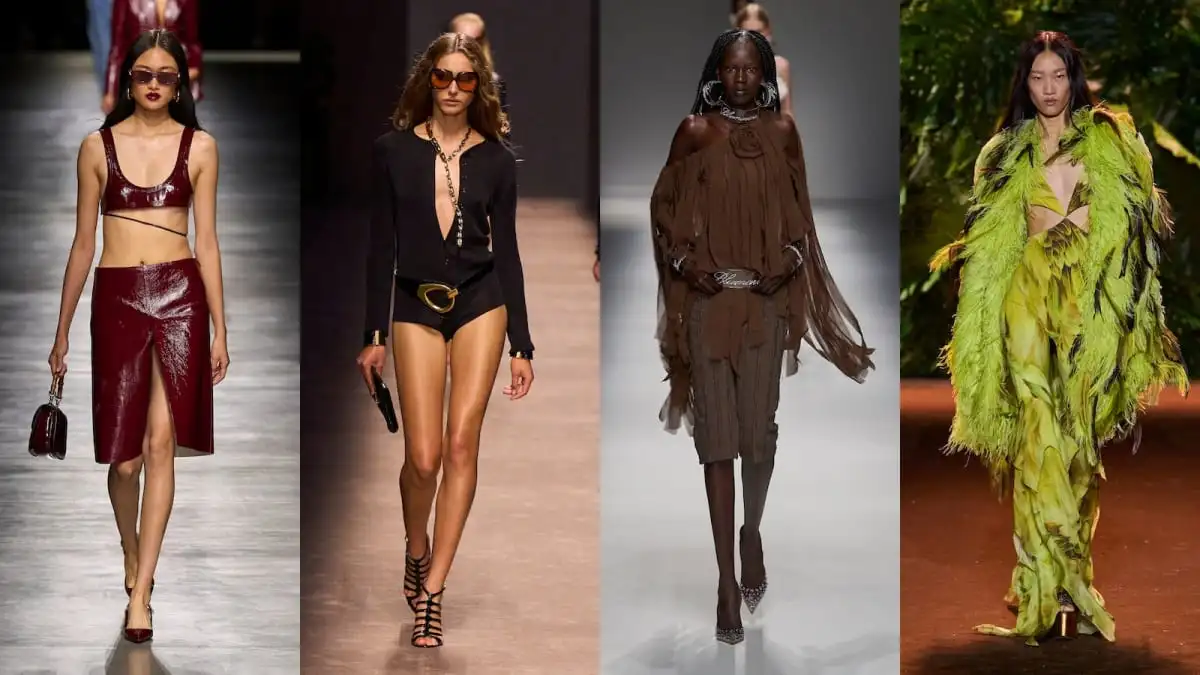
Seasonal Trends and Themes
People look forward to seeing the newest seasonal trends and topics at high-end fashion shows, which set the tone for the fashion industry.
Designers show designs every season that are influenced by current cultural and social issues.
These can be nostalgic re-creations of clothes from the past or futuristic and cutting edge ideas.
Collections for fall and winter tend to have heavier fabrics, deeper colors, and fun prints, while collections for spring and summer tend to have lighter fabrics, brighter colors, and layers.
The themes can be very different, from ideas that are good for the environment and focus on sustainability to fancy shows that are based on art, history, or fantasy.
The designs are affected by these themes and trends, and they also decide how the models are styled, made up, and how the shows are put together as a whole.
Impact on Global Fashion Trends
The topics and trends shown on high-end fashion runways have a big effect on fashion trends around the world.
As soon as these designs come out, other designers, fashion houses, and stores around the world quickly copy them.
This sets the direction for the next few seasons in the industry. Key pieces and looks that stand out a lot of the time become “must-haves,” which drives demand and changes both street style and high-street fashion.
Also, the creative ideas and new methods shown on the runways have an effect that spreads to other markets and groups, leading to new interpretations and adaptations.
It’s not enough for luxury fashion shows to just show off clothes; they also set the tone for global fashion trends by deciding on everything from color schemes and fabrics to shapes and accessories.
The Business of Luxury Fashion Events
Sponsorships and Partnerships
Sponsorships and relationships are very important to the success and wealth of high-end fashion events.
Brands and companies with a lot of attention, from the beauty and car industries to the tech and beverage industries, join these events to get more attention and status.
These sponsors give a lot of money and other resources to help pay for things like the production, the site, and the marketing.
In exchange, they get a lot of attention by having their logo on invites, event signs, and digital platforms. They also get special access to VIP events and chances to network.
When fashion houses and other elite brands work together, they often make limited-edition items and campaigns with shared logos that help them reach and influence more customers.
Strategic partnerships like these are good for both parties. They make the event more fancy and give sponsors direct access to a wealthy and powerful crowd.
Economic Impact on Host Cities
Luxury fashion events have a big effect on the economies of the towns that host them, and they help many industries besides fashion.
Designers, buyers, journalists, and celebrities from around the world come to these events, increasing the demand for local transportation, hotels, and restaurants.
The large number of guests increases tourism, increasing spending in stores, restaurants, and entertainment venues.
Fashion weeks and other high-profile events also get a lot of media attention, which raises the city’s image and appeal as a global cultural and business hub.
Creating jobs in event planning, production, and other related fields is good for local businesses.
Furthermore, hosting important fashion events can bring in new investments and help build a thriving creative community, solidifying the host city’s position as a major player in the world’s fashion industry.
List of Upcoming Fashion Events
-
LONDON FASHION WEEK SPRING-SUMMER 2025 SEP 12 - 17, 2024
-
MILAN FASHION WEEK SPRING-SUMMER 2025 SEP 17 - 23, 2024
-
PARIS FASHION WEEK SPRING-SUMMER 2025 SEP 23 - OCT 1, 2024
-
GRAN CANARIA SWIM WEEK OCT 3 - 5, 2024
-
NYFW BRIDAL OCTOBER 2024 OCT 8 - 10, 2024
-
MILAN FASHION WEEK MEN'S FALL-WINTER 2025 JAN 17 - 21, 2025
-
PARIS FASHION WEEK MEN'S FALL-WINTER 2025 JAN 21 - 26, 2025
-
PARIS HAUTE COUTURE JAN 27 - 30, 2025
-
NEW YORK FASHION WEEK FALL-WINTER 2025 FEB 13 - 18, 2025
-
LONDON FASHION WEEK FALL-WINTER 2025 FEB 20 - 24, 2025
-
MILAN FASHION WEEK FALL-WINTER 2025 FEB 25 - MAR 3, 2025
-
PARIS FASHION WEEK FALL-WINTER 2025 MAR 3 - 11, 2025
-
LONDON FASHION WEEK MEN'S SPRING-SUMMER 2026 JUN 12 - 15, 2025
-
MILAN FASHION WEEK MEN'S SPRING-SUMMER 2026 JUN 20 - 24, 2025
-
PARIS FASHION WEEK MEN'S SPRING-SUMMER 2026 JUN 24 - 29, 2025
-
PARIS HAUTE COUTURE JUL 7 - 10, 2025
-
NEW YORK FASHION WEEK SPRING-SUMMER 2026 SEP 11 - 16, 2025
-
LONDON FASHION WEEK SPRING-SUMMER 2026 SEP 18 - 22, 2025
-
MILAN FASHION WEEK SPRING-SUMMER 2026 SEP 23 - 29, 2025
-
PARIS FASHION WEEK SPRING-SUMMER 2026 SEP 29 - OCT 7, 2025
Technology and Innovation
Digital Fashion Shows and Virtual Reality
The rise of digital technology has changed the way high-end fashion events work, making them easier to get to and more engaging than ever.
Digital fashion shows, which became popular during the global pandemic, are now the rule. They let designers reach people all over the world without having to physically attend.
Advanced technologies like augmented reality (AR) and virtual reality (VR) are used in these virtual shows to make interesting, hands-on experiences.
People can look at the collections from all sides, visit virtual stores, and even play with the designs in a fake setting.
These new ideas not only make the viewing experience better, but they also give designers the freedom to show off their works in new and different ways.
Use of Technology in Event Planning and Execution
The careful planning and smooth running of high-end fashion events depend on technology in a big way.
Event planners use complex tools to keep track of projects, make schedules, and coordinate logistics, making sure that every detail is perfectly planned.
A cutting edge computer interface controls the lighting and sound systems, making the visual and auditory experiences that make the runway shows better.
RFID technology is also often used to handle guests, making check-in faster and giving real-time information on who is present.
Live streaming and integrating social media make fast global broadcasting possible, so people all over the world can join in the fun. Cutting-edge tools help with everything behind the scenes, from making the sets and fitting the models to doing their hair and makeup.
This makes sure that the designer’s idea is carried out perfectly. These technological advances make fashion shows more efficient and effective and raise the level of spectacle, making every event an unforgettable experience.
Sustainability and Ethics
Sustainable Practices in Luxury Fashion Shows
In recent years, luxury fashion events have increasingly embraced sustainable practices, reflecting the industry’s growing commitment to environmental responsibility.
Designers incorporate eco-friendly materials and processes into their collections, such as organic fabrics, recycled materials, and low-impact dyes.
Fashion shows are also adopting greener practices, like reducing waste, minimizing energy consumption, and opting for reusable or biodegradable set designs. Some events have even gone digital to cut down on the carbon footprint associated with travel and physical production.
Brands like Stella McCartney and Gucci are leading the charge, using their platforms to highlight the importance of sustainability in fashion and inspiring others to follow suit.
These efforts not only enhance the environmental credentials of luxury fashion but also resonate with increasingly eco-conscious consumers.
Ethical Considerations and Responsibilities
As brands and show managers become more aware of their duty to care for people and the environment, ethics are becoming more and more important in the world of high fashion.
This means making sure that workers are treated fairly, encouraging diversity and inclusion, and being sensitive to regional differences.
More and more, strict ethical standards protect models, staff, and workers who work on the production process. This makes sure that they have safe and fair places to work. Fashion events are also using their power to speak out about social problems like human rights and equal rights for men and women.
Designers are also aware of cultural appropriation and work to honor and promote cultural heritage without taking advantage of it.
By putting ethics first, luxury fashion shows not only stay true to themselves but also help make the fashion business more fair and environmentally friendly, setting a good example for the rest of the fashion world.
Cultural Significance
Representation and Diversity on the Runway
Luxury fashion events are increasingly emphasizing representation and diversity on the runway, reflecting a broader cultural shift towards inclusivity.
Designers consciously cast models of various ethnicities, sizes, ages, and gender identities to showcase their collections.
This commitment to diversity not only celebrates the beauty of different cultures but also resonates with global audiences seeking authentic and inclusive fashion representations.
By featuring a diverse array of models, luxury fashion shows send a powerful message of acceptance and empowerment, challenging traditional beauty standards and fostering a more inclusive industry.
Cultural Influences and Inspirations
Cultural influences play a pivotal role in shaping the narrative and aesthetic of luxury fashion events.
Designers often draw inspiration from diverse cultures, traditions, and histories, infusing their collections with rich cultural motifs, colors, and craftsmanship.
Whether exploring the vibrant textiles of Africa, the intricate embroideries of India, or the minimalist elegance of Japanese design, these cultural inspirations lend depth and authenticity to the runway presentations.
Fashion shows serve as a platform for designers to showcase their interpretations of global cultural heritage, creating dialogue and appreciation for diverse artistic expressions.
Moreover, collaborations with artisans and craftsmen from different cultures highlight the importance of preserving and promoting traditional craftsmanship in a contemporary context.
By embracing cultural influences, luxury fashion events showcase artistic innovation and contribute to a more interconnected and culturally enriched global fashion landscape.
Iconic Moments in Fashion Show History
Memorable Runway Moments
Fashion history is punctuated with iconic runway moments that have left an indelible mark on the industry and popular culture.
From unexpected mishaps turned legendary, like Naomi Campbell’s stumble in Vivienne Westwood’s towering platforms, to groundbreaking debuts such as Alexander McQueen’s dramatic “Highland Rape” collection, these moments captivate audiences and redefine the boundaries of fashion.
Other memorable instances include boundary-pushing outfits like Lady Gaga’s meat dress at the MTV Video Music Awards or Jean-Paul Gaultier’s avant-garde creations that challenged conventional beauty norms.
Each of these moments showcases designers’ creativity and daring and demonstrates fashion’s power to provoke, inspire, and provoke thought.
Fashion Shows that Changed the Industry
Certain fashion shows have transcended mere presentations to become pivotal moments that reshaped the industry’s trajectory.
Coco Chanel’s 1920s shows, where she introduced relaxed and liberating women’s fashion, marked a significant departure from the restrictive corsets of the time, heralding the era of modernity and elegance.
Yves Saint Laurent’s 1966 “Rive Gauche” collection brought high fashion to the masses with ready-to-wear designs, democratizing luxury and forever altering the relationship between fashion and accessibility.
In more recent times, Tom Ford’s revival of Gucci in the 1990s and his provocative runway shows catapulted the brand back to prominence, setting new standards for luxury and sensuality.
These transformative shows not only reflect shifts in style and taste but also catalyze cultural and societal change, cementing their place as pivotal moments in the evolution of fashion history.
Collaborations and Crossovers
Collaborations between Designers and Artists
Some of the most beautiful and culturally important moments at high-end fashion shows have happened when fashion designers and artists worked together.
When fashion and art come together in these kinds of agreements, the collections that come out of them often blur the lines between the two and challenge what is considered beautiful.
For example, Louis Vuitton’s work with modern artists like Takashi Murakami and Jeff Koons has turned famous handbags into highly sought-after works of art, combining high fashion and fine art.
In the same way, when designers work with visual artists or sculptors, the results are runway shows that are not only beautiful to look at but also philosophical works of art.
These partnerships not only add new artistic views to fashion, but they also bring art lovers and collectors into the world of high-end fashion, making it a lively place where art and business meet.
Cross-Industry Collaborations
Collaborations between different industries that go beyond standard fashion boundaries are becoming more common at high-end fashion events.
Because of partnerships with tech companies, new runway experiences have been created that use virtual reality, augmented reality, and interactive elements to involve people in fresh and immersive ways.
When fashion designers work with car companies, like at Mercedes-Benz Fashion Week, they show off their collections along with high-end cars.
This shows that both brands value innovation and skill. Collaborations with singers, filmmakers, and even chefs have led to multimedia shows that combine fashion with entertainment and culinary arts, creating unforgettable sensory experiences.
These partnerships between different fashion industries not only make elite fashion events more appealing to more people, but they also show that the industry can accept new ideas and cultural exchange on a global level.
Future of Luxury Fashion Events
Trends and Predictions for the Next Decade
In the coming years, luxury fashion events will likely go through big changes because of changing customer tastes, new technologies, and the need to be more environmentally friendly.
Adding digital and virtual experiences together is a trend that is likely to gain steam. Immersive technologies like augmented reality (AR) and virtual reality (VR) let people all over the world watch fashion shows from afar.
This move toward digitalization not only makes events more accessible, but it also leaves less of an impact on the earth. Sustainability is also getting more attention, and more brands are committing to using eco-friendly methods in their event productions and supply lines.
Fashion shows on the runway will continue to be influenced by expectations for diversity and inclusion, which will help make the business more representative and open to everyone.
As technology and ecology become more connected to fashion, the next ten years will likely see a change in what luxury means, with a focus on new ideas, authenticity, and doing the right thing.
The Impact of Global Events on Fashion Shows
In the next few years, global events like changes in the economy, politics, and culture will definitely have an effect on the locations of high-end fashion shows.
Uncertainty about the economy could change how people spend their money and how brands market themselves, which could have an effect on how big and fancy fashion shows are.
International supply lines and collaborations could be affected by trade policies and geopolitical tensions, so brands need to change how they plan their global events.
Also, culture movements that fight for equality, social justice, and the environment will continue to shape the stories and themes of fashion shows, which will have an effect on both the designs and the messages that are sent.
As the global pandemic continues, digital innovations and strategies for remote involvement have already sped up in the fashion industry. This has set a standard for events that combine real and virtual elements.
In order to stay relevant and have an effect in the years to come, luxury fashion events will need to be able to change with the times and adapt to global challenges and trends.
Conclusion: Luxury Fashion Events
By examining the grandeur of high-end fashion events, we’ve been on a journey through a world of creativity, wealth, and cultural importance.
Luxury fashion events continue to set trends, encourage new ideas, and shape the future of fashion.
They started out as private shows and are now seen by millions of people around the world. We’ve seen how famous events like Paris Fashion Week and the MET Gala have changed over time.
We’ve also enjoyed the variety and power of star appearances and learned more about the careful planning and technological advances that make these shows what they are.
Looking ahead to the future, sustainability, inclusion, and digital innovation will likely greatly impact how these events play out.
You can experience luxury fashion events online or in person; they will always remind you of the creativity and appeal that define haute couture and high fashion.
Even though the fashion industry is changing with the times and embracing new technologies, one thing stays the same: fashion shows continue to inspire, define, and capture our common sense of style and culture.
FAQs: Luxury Fashion Events
What Defines a Luxury Fashion Event?
A luxury fashion event is characterized by exclusivity, haute couture presentations, influential attendees, and often takes place in iconic venues, showcasing the latest collections from renowned designers.
How Can One Attend a Luxury Fashion Show?
To attend a luxury fashion show, one typically needs an invitation from the brand, designer, or fashion show organizer. Invitations are usually extended to industry professionals, celebrities, influencers, and media personnel.
What is the Impact of Luxury Fashion Shows on the Industry?
Luxury fashion shows set trends, influence consumer preferences, drive media coverage, and showcase the craftsmanship and creativity of designers, thereby shaping the direction of the entire fashion industry.
How Do Designers Prepare for Fashion Shows?
Designers meticulously plan their shows by conceptualizing themes, creating collections, coordinating with producers and stylists, conducting fittings, and ensuring every detail, from set design to music selection, aligns with their vision.
Are Luxury Fashion Shows Becoming More Sustainable?
Yes, many luxury fashion shows are adopting sustainable practices. This includes using eco-friendly materials, reducing waste, opting for digital presentations, and promoting ethical production methods to minimize environmental impact.
What to Wear to a Fashion Event?
Attendees often wear stylish and sophisticated attire that reflects current fashion trends while respecting the dress code specified by the event organizers. Elegant evening wear or chic, tailored outfits are common choices.
How to Get Invited to Fashion Events?
To get invited, establish connections within the fashion industry, engage actively on social media platforms related to fashion, build a strong personal brand as a fashion enthusiast or professional, and express genuine interest and knowledge about the brands and designers hosting the events.
